Archives
- 2018-07
- 2018-10
- 2018-11
- 2019-04
- 2019-05
- 2019-06
- 2019-07
- 2019-08
- 2019-09
- 2019-10
- 2019-11
- 2019-12
- 2020-01
- 2020-02
- 2020-03
- 2020-04
- 2020-05
- 2020-06
- 2020-07
- 2020-08
- 2020-09
- 2020-10
- 2020-11
- 2020-12
- 2021-01
- 2021-02
- 2021-03
- 2021-04
- 2021-05
- 2021-06
- 2021-07
- 2021-08
- 2021-09
- 2021-10
- 2021-11
- 2021-12
- 2022-01
- 2022-02
- 2022-03
- 2022-04
- 2022-05
- 2022-06
- 2022-07
- 2022-08
- 2022-09
- 2022-10
- 2022-11
- 2022-12
- 2023-01
- 2023-02
- 2023-03
- 2023-04
- 2023-05
- 2023-06
- 2023-07
- 2023-08
- 2023-09
- 2023-10
- 2023-11
- 2023-12
- 2024-01
- 2024-02
- 2024-03
- 2024-04
- 2024-05
- 2024-06
- 2024-07
- 2024-08
- 2024-09
- 2024-10
- 2024-11
- 2024-12
- 2025-01
- 2025-02
- 2025-03
- 2025-09
-
It has been shown that DAPK induces cell
2021-04-17
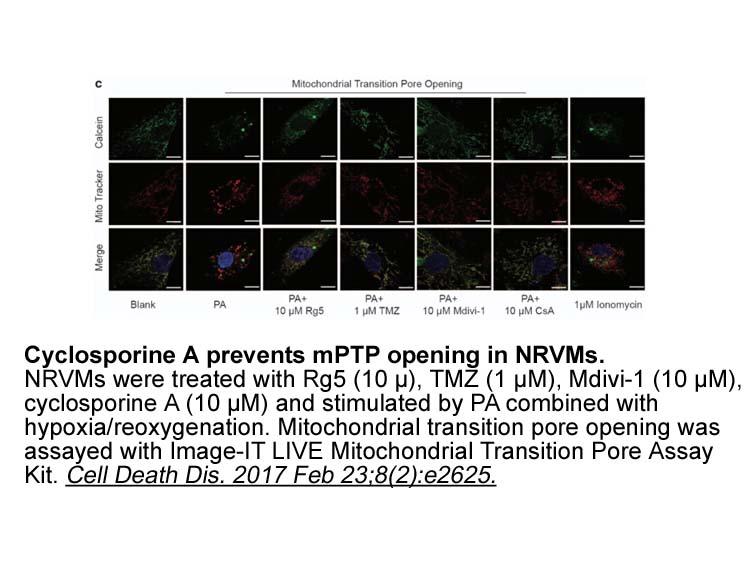
It has been shown that DAPK induces cell death through an increase in DAPK catalytic activity and subsequent phosphorylation of target proteins (Shang et al., 2005, Yamamoto et al., 2002), but its multidomain structure enables also a close physical interaction with other proteins (Bialik and Kimchi,
-
br Role of cysLT signaling on various
2021-04-17
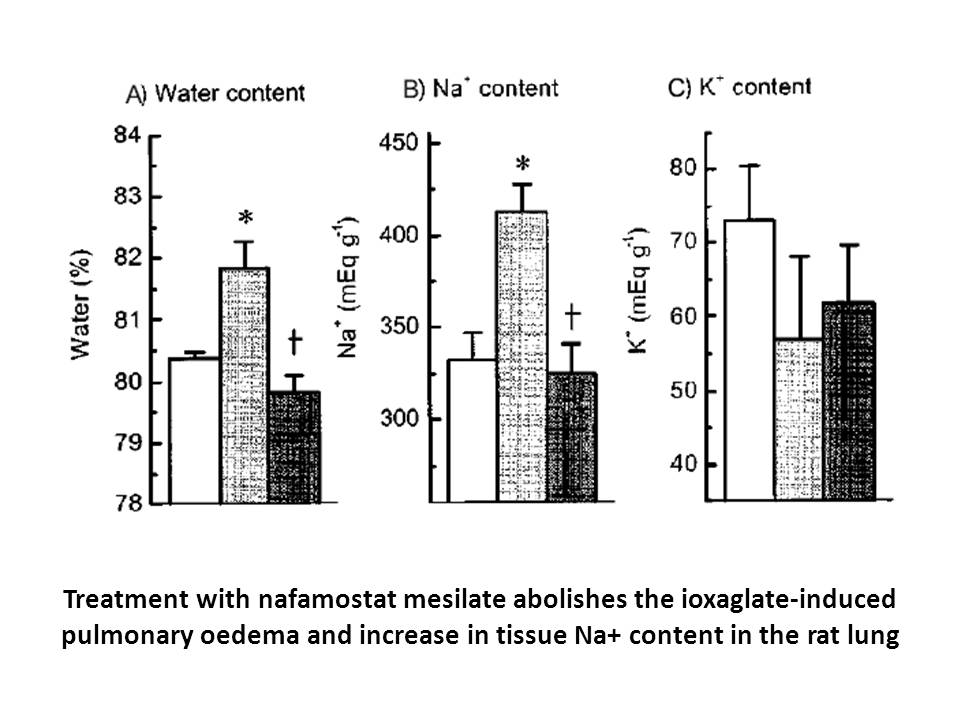
Role of cysLT signaling on various neurological complications which are associated with Alzheimer’s disease Alzheimer’s disease, first described in 1906 by Alois Alzheimer, is a neurodegenerative disease and a very common cause of dementia progressively leading to death. Even though years of rese
-
Western blotting Western blotting was performed following th
2021-04-17
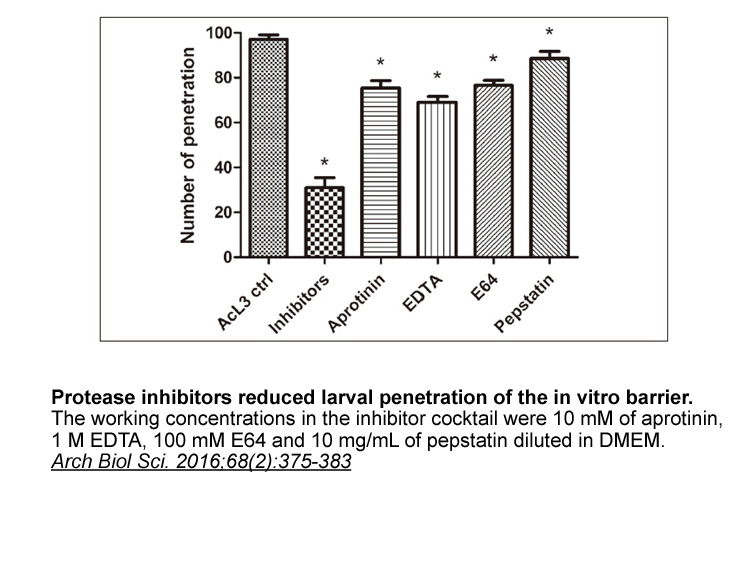
Western blotting: Western blotting was performed following the standard protocol as previously described [16]. All the images were collected using the Odyssey Fc imaging system (Li-COR Biosciences). In vitro kinase assays were performed on ∼1 μg of purified CDK5/p35 complex in 30 μL of kinase buffe
-
RGFP966 In addition to its HEAT repeats CRM also possesses
2021-04-17
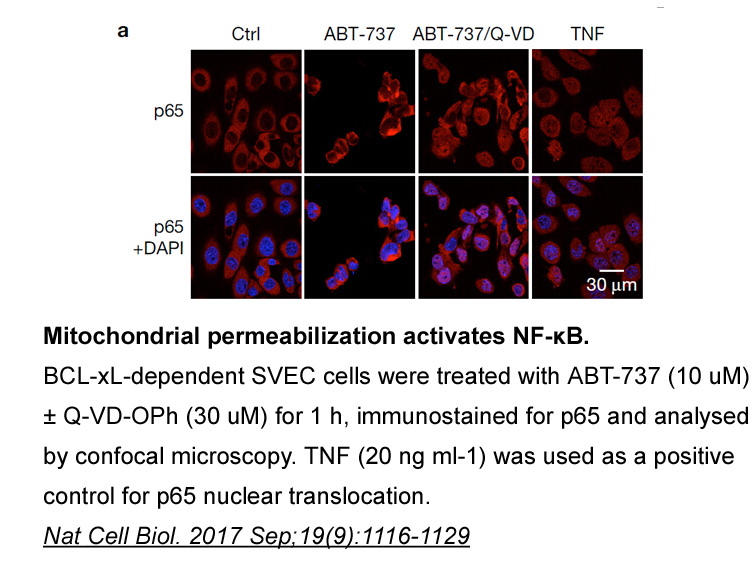
In addition to its HEAT repeats, CRM1 also possesses a C-terminal extension (C-extension, residues 1032–1071), composed of a helix (C-helix) followed by a short stretch of residues (C-tail). In the absence of Ran, the C-extension adopts a conspicuous conformation that bridges across the ring-shaped
-
Data from immunohistochemical detection of CIC revealed
2021-04-16
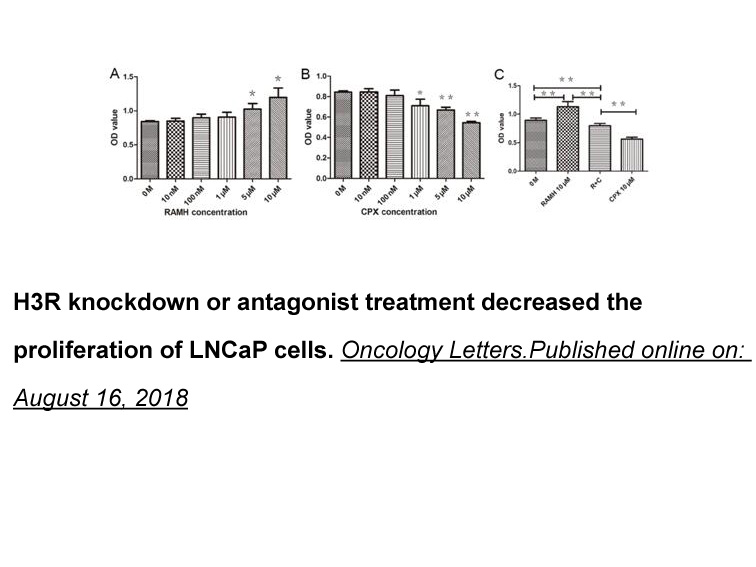
Data from immunohistochemical detection of CIC-3 revealed that the immunostaining of CIC-3 can be present both in hepatocarcinoma and its matched normal controls though; CIC-3 was, on the whole, significantly elevated in hepatocarcinoma relative to its paired normal control. In consideration of the
-
Decitabine sale Ligand independent activation of neuronal nu
2021-04-16
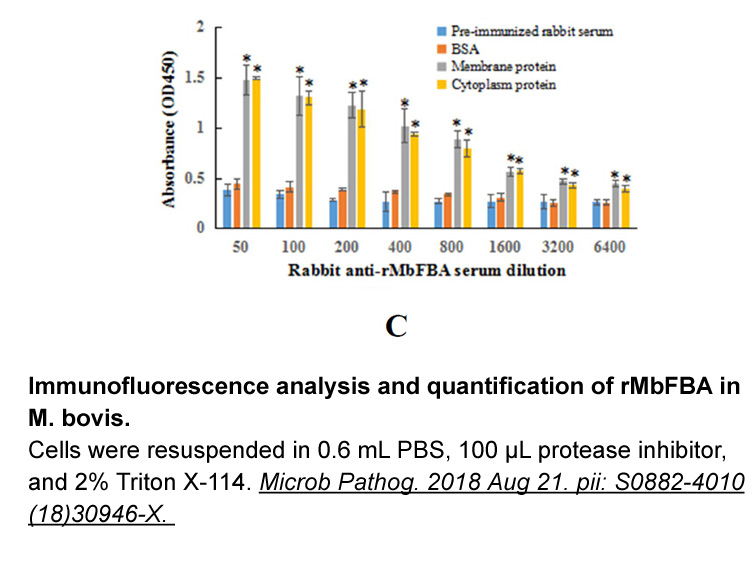
Ligand-independent activation of neuronal nuclear estrogen receptors may also continue to occur in absence of ovarian estrogens. AF-1 requires intracellular kinase cascade-dependent phosphorylation of specific residues in the A/B domain of nuclear estrogen receptors (Le Goff et al., 1994; Kato et al
-
In the present study we examined whether the
2021-04-16
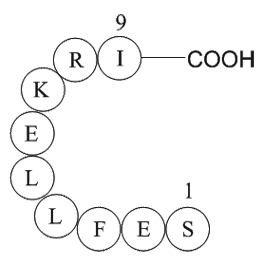
In the present study we examined whether the gene for estrogen receptor alpha, Esr1, plays a role in the expression of maternal memory in female rats. The approach utilized a newly developed rat Esr1 knockout (KO) rat model (Rumi et al., 2014) to evaluate whether deletion of the Esr1 vegf inhibitor
-
The use of the periplasmic fraction as starting material and
2021-04-16
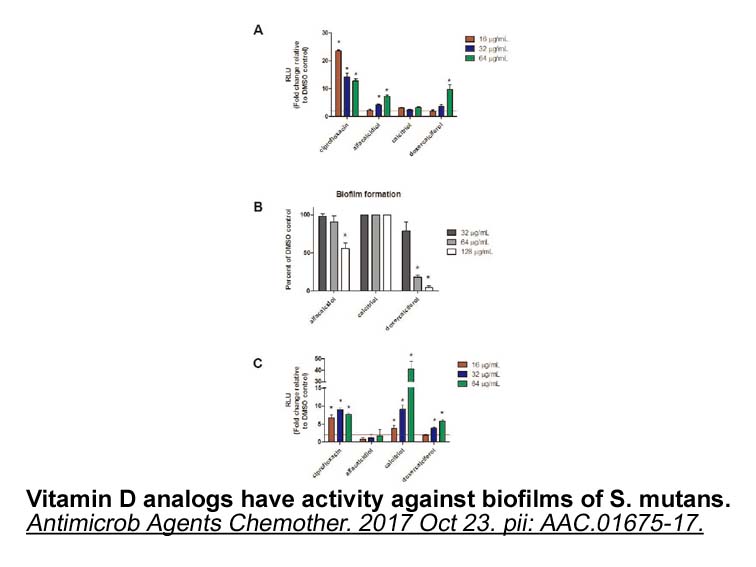
The use of the periplasmic fraction as starting material and the presence of a unique purification step concurred in improving the purification yield to 25.3%, which is significantly higher than what obtained with the previous purification protocol (6.7%). In addition, the analysis of the kinetic co
-
closantel australia The importance of AAE in enhancing the s
2021-04-16

The importance of AAE3 in enhancing the survival of plants and yeast when confronted with certain environmental stresses has been documented in recent reports. In response to biotic stress such as oxalate-secreting micro-organisms, AAE3 was found to reduce the inhibitory growth effects of the secret
-
The contribution of local ETA
2021-04-16
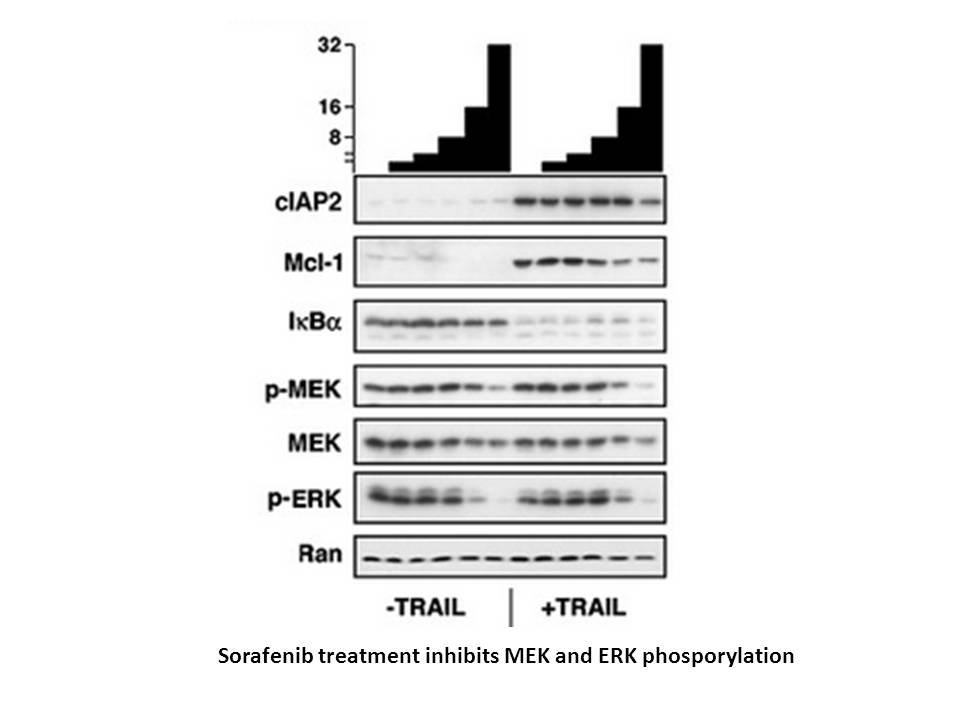
The contribution of local ETA and ETB receptors towards heat hyperalgesia induced by inoculation of XC tumor phosphodiesterase inhibitor in the paw of mice has been demonstrated by Baamonde and colleagues (Baamonde et al., 2004). Furthermore, using neuropathic and inflammatory nociception models, s
-
It is interesting to note that our results
2021-04-16
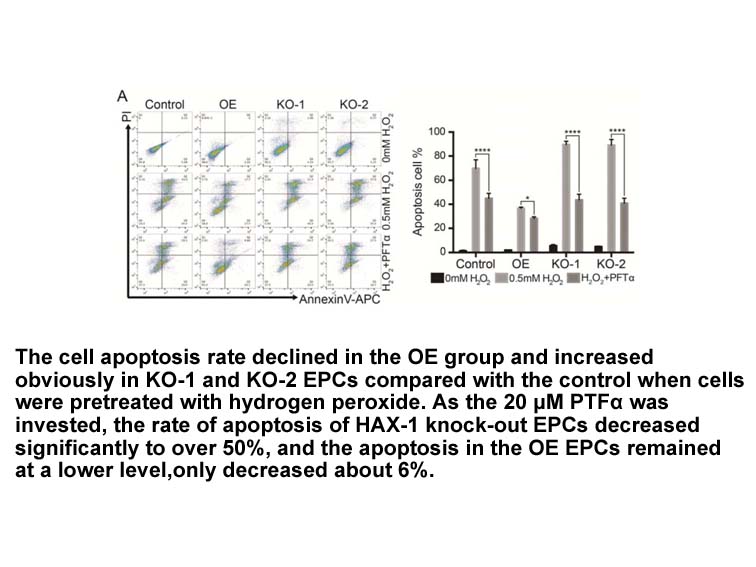
It is interesting to note that UNC 0646 receptor our results show a very similar behavior in binding of DDR2 ECD to immobilized a-telo (bovine-dermal) versus telo- (rat-tail) collagen I as a function of its oligomeric state. Thus, the telopeptide region of tropocollagen exerts little influence on D
-
To assess whether the described
2021-04-16
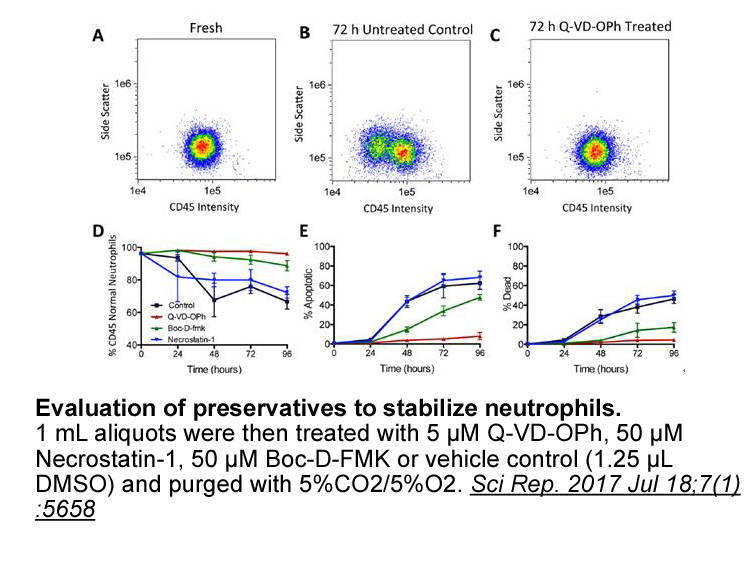
To assess whether the described cooperation between the EGFR and FGFR receptors was relevant at the clinical level, we determined the effect on progression-free survival of FGFR1 expression in patients with adenocarcinoma who were receiving erlotinib or gefitinib. As we had observed EGFR-FGFR1 coope
-
Gene expression profiling with corresponding clinical data s
2021-04-16
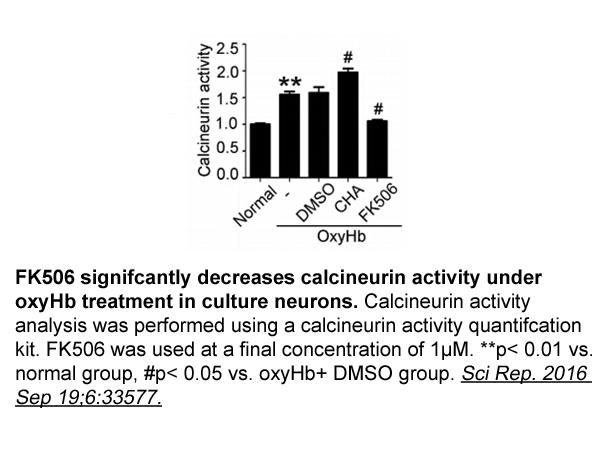
Gene WAY 208466 dihydrochloride australia profiling with corresponding clinical data supported the notion that increased expression of S1PR1 in DLBCL was associated with poor outcome [159], [160], [161]. These studies also identified increased expression of the GPCRs GPR183, CCR7, ADRB2 and CNR2 as
-
br Conclusions br Acknowledgment br Introduction The role
2021-04-16

Conclusions Acknowledgment Introduction The role of cholesterol metabolism during multiple sclerosis (MS) is debated and the underlying physiopathology largely unknown. Dyslipidaemia is associated with worsening inflammatory activity and MS disease progression [1], [2], [3]. In the mouse mo
-
Pyruvate dehydrogenase multienzyme complex PDHc catalyzes th
2021-04-16
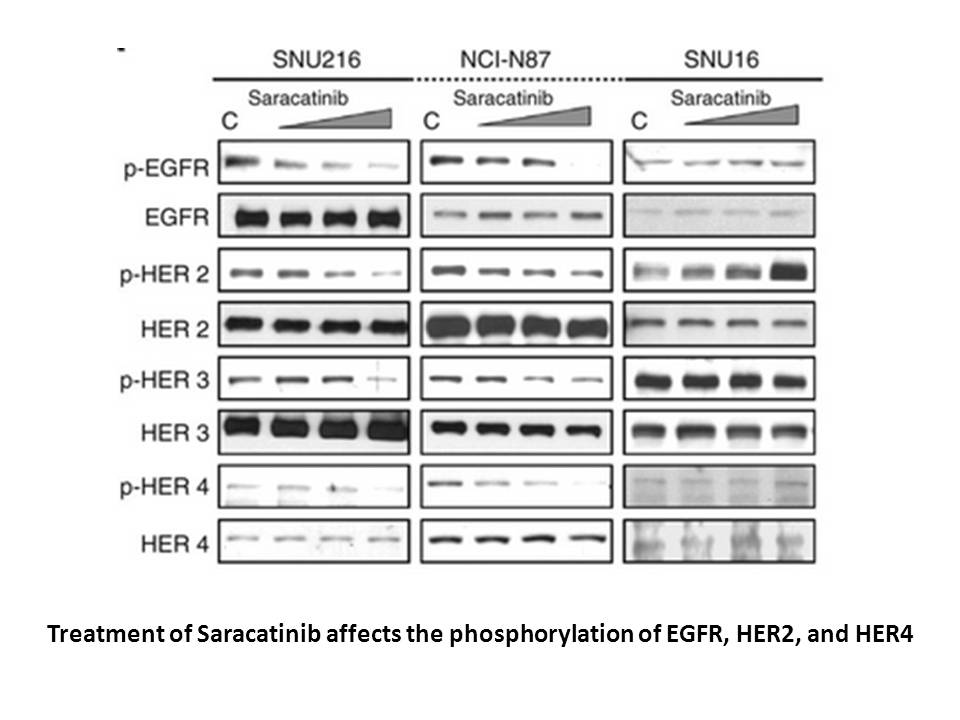
Pyruvate dehydrogenase multienzyme complex (PDHc) catalyzes the oxidative decarboxylation of pyruvate, and subsequently acetylates coenzyme A (CoA) to acetyl-CoA during the tricarboxylic calcein am metabolic pathway using thiamine diphosphate (ThDP) and Mg2+ as cofactors. PDHc poses a key role in c
15913 records 658/1061 page Previous Next First page 上5页 656657658659660 下5页 Last page